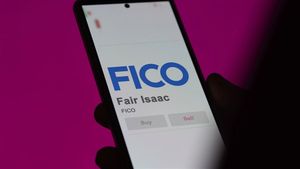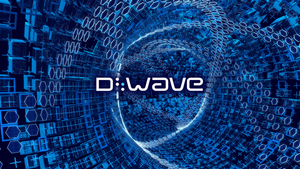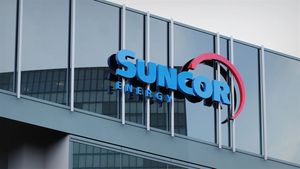
Home services online marketplace ANGI (NASDAQ: ANGI) beat Wall Street’s revenue expectations in Q1 CY2025, but sales fell by 19.5% year on year to $245.9 million. Its GAAP profit of $0.30 per share was significantly above analysts’ consensus estimates.
Is now the time to buy Angi? Find out by accessing our full research report, it’s free.
Angi (ANGI) Q1 CY2025 Highlights:
- Revenue: $245.9 million vs analyst estimates of $239.4 million (19.5% year-on-year decline, 2.7% beat)
- EPS (GAAP): $0.30 vs analyst estimates of -$0.06 (significant beat)
- Adjusted EBITDA: $27.7 million vs analyst estimates of $21.36 million (11.3% margin, 29.7% beat)
- Operating Margin: 8.1%, up from 0.9% in the same quarter last year
- Free Cash Flow was -$15.7 million, down from $27.09 million in the previous quarter
- Service Requests: 3.36 million, down 765,000 year on year
- Market Capitalization: $554.8 million
Company Overview
Created by IAC’s mergers of Angie’s List and HomeAdvisor, ANGI (NASDAQ: ANGI) operates the largest online marketplace for home services in the US.
Sales Growth
A company’s long-term performance is an indicator of its overall quality. Even a bad business can shine for one or two quarters, but a top-tier one grows for years. Angi struggled to consistently generate demand over the last three years as its sales dropped at a 10.8% annual rate. This wasn’t a great result and is a tough starting point for our analysis.
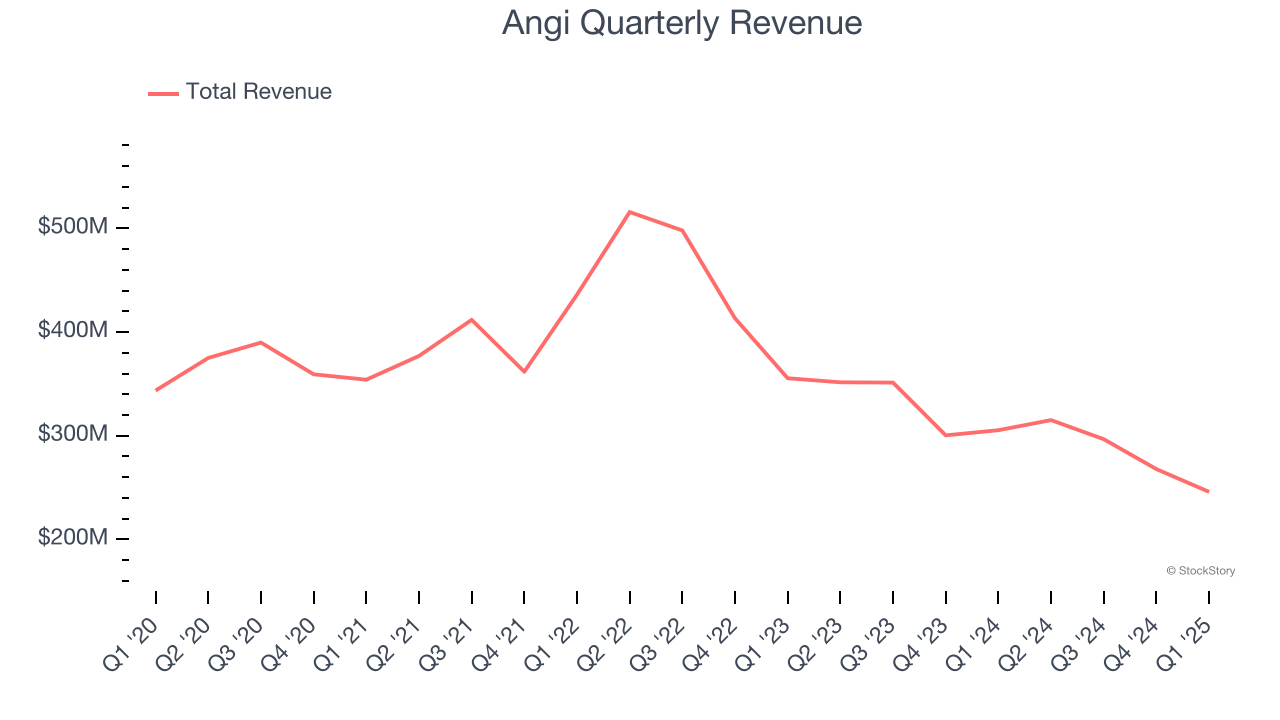
This quarter, Angi’s revenue fell by 19.5% year on year to $245.9 million but beat Wall Street’s estimates by 2.7%.
Looking ahead, sell-side analysts expect revenue to decline by 7.5% over the next 12 months. While this projection is better than its three-year trend, it's hard to get excited about a company that is struggling with demand.
Software is eating the world and there is virtually no industry left that has been untouched by it. That drives increasing demand for tools helping software developers do their jobs, whether it be monitoring critical cloud infrastructure, integrating audio and video functionality, or ensuring smooth content streaming. Click here to access a free report on our 3 favorite stocks to play this generational megatrend.
Service Requests
Request Growth
As a gig economy marketplace, Angi generates revenue growth by expanding the number of services on its platform (e.g. rides, deliveries, freelance jobs) and raising the commission fee from each service provided.
Angi struggled with new customer acquisition over the last two years as its service requests have declined by 24.1% annually to 3.36 million in the latest quarter. This performance isn't ideal because internet usage is secular, meaning there are typically unaddressed market opportunities. If Angi wants to accelerate growth, it likely needs to enhance the appeal of its current offerings or innovate with new products. 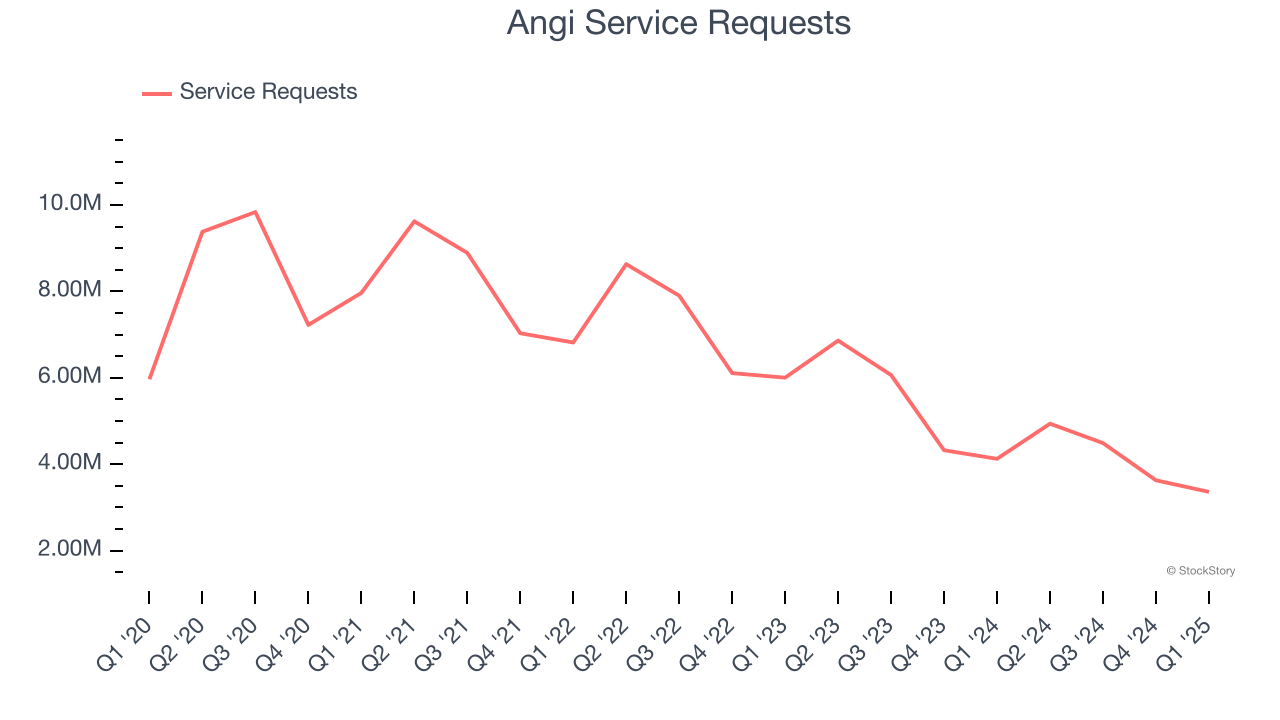
In Q1, Angi’s service requests once again decreased by 765,000, a 18.5% drop since last year. On the bright side, the quarterly print was higher than its two-year result and suggests its new initiatives are accelerating request growth.
Revenue Per Request
Average revenue per request (ARPR) is a critical metric to track because it measures how much the company earns in transaction fees from each request. This number also informs us about Angi’s take rate, which represents its pricing leverage over the ecosystem, or "cut" from each transaction.
Angi’s ARPR growth has been strong over the last two years, averaging 6.1%. Although its service requests shrank during this time, the company’s ability to successfully increase monetization demonstrates its platform’s value for existing requests. 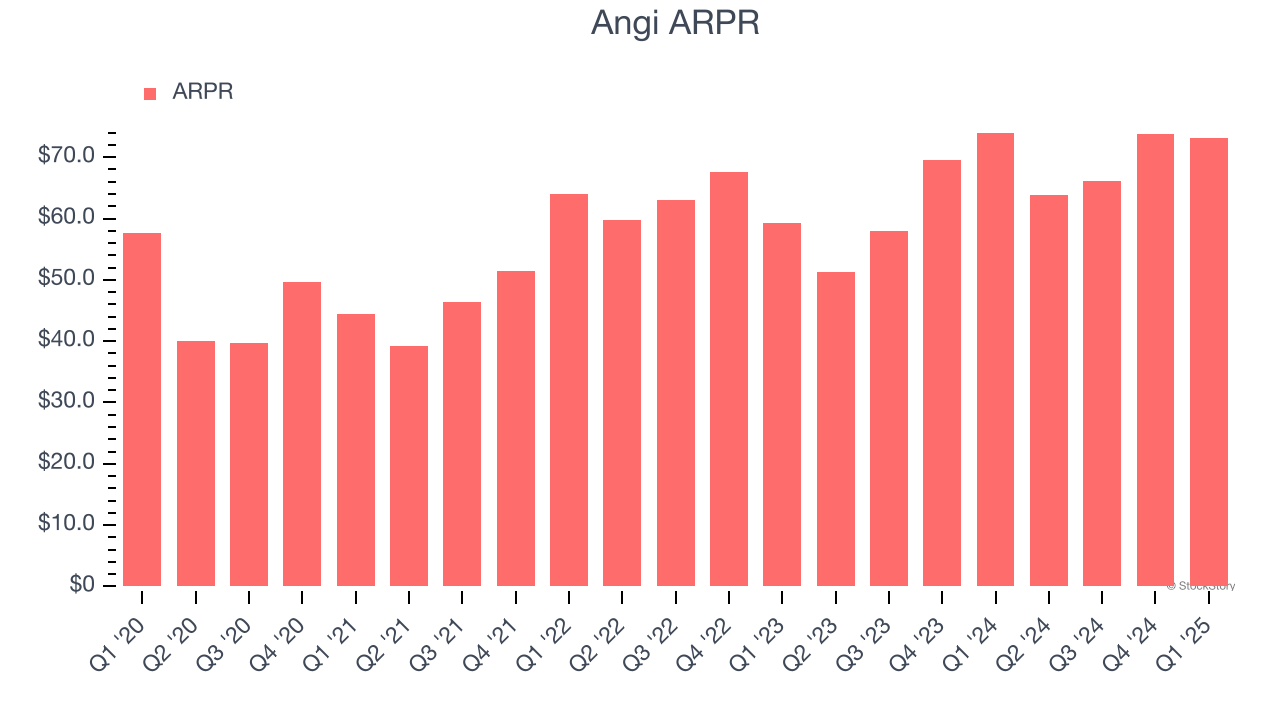
This quarter, Angi’s ARPR clocked in at $73.17. It declined 1.1% year on year but outperformed the change in its service requests.
Key Takeaways from Angi’s Q1 Results
We were impressed by how Angi blew past analysts’ revenue, EPS, and EBITDA expectations this quarter. On the other hand, its number of requests declined and it pulled its full-year guidance. Still, we think this was a solid quarter with some key areas of upside. The stock traded up 13.3% to $12.75 immediately after reporting.
Angi had an encouraging quarter, but one earnings result doesn’t necessarily make the stock a buy. Let’s see if this is a good investment. We think that the latest quarter is only one piece of the longer-term business quality puzzle. Quality, when combined with valuation, can help determine if the stock is a buy. We cover that in our actionable full research report which you can read here, it’s free.


